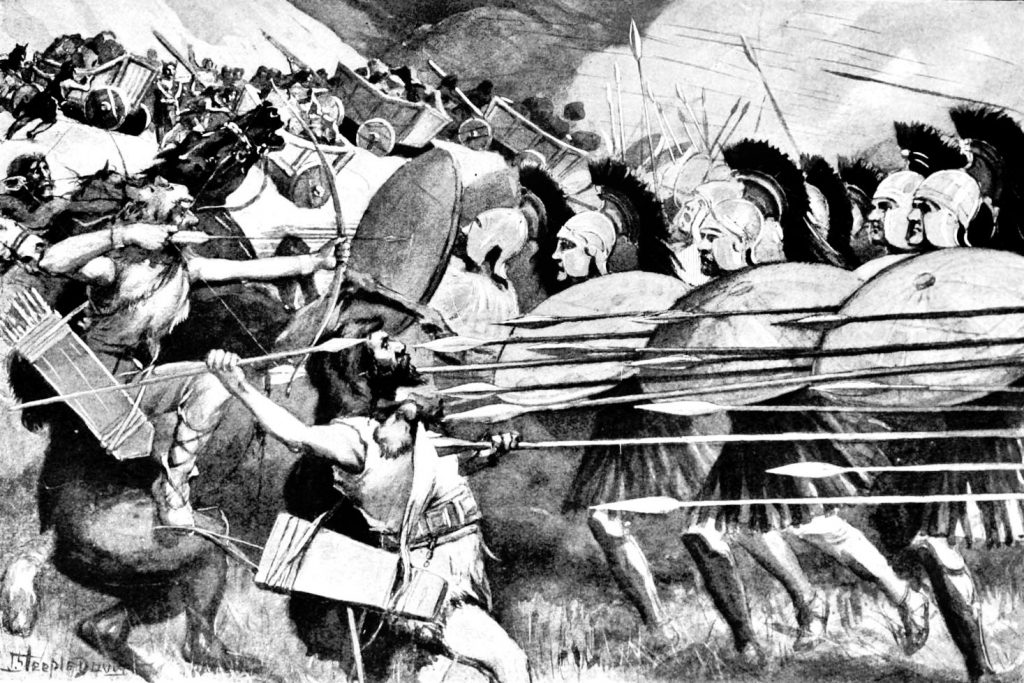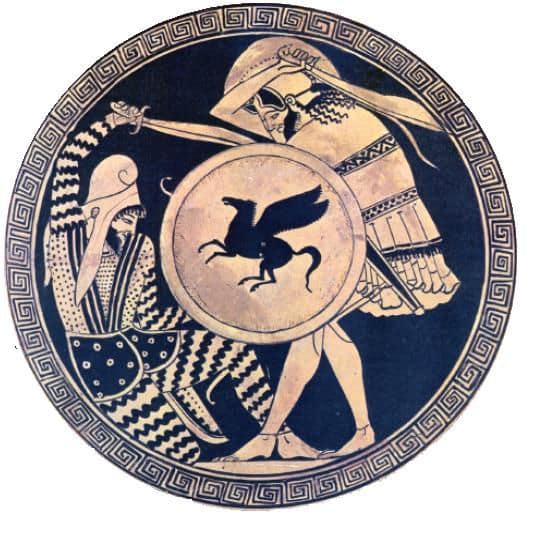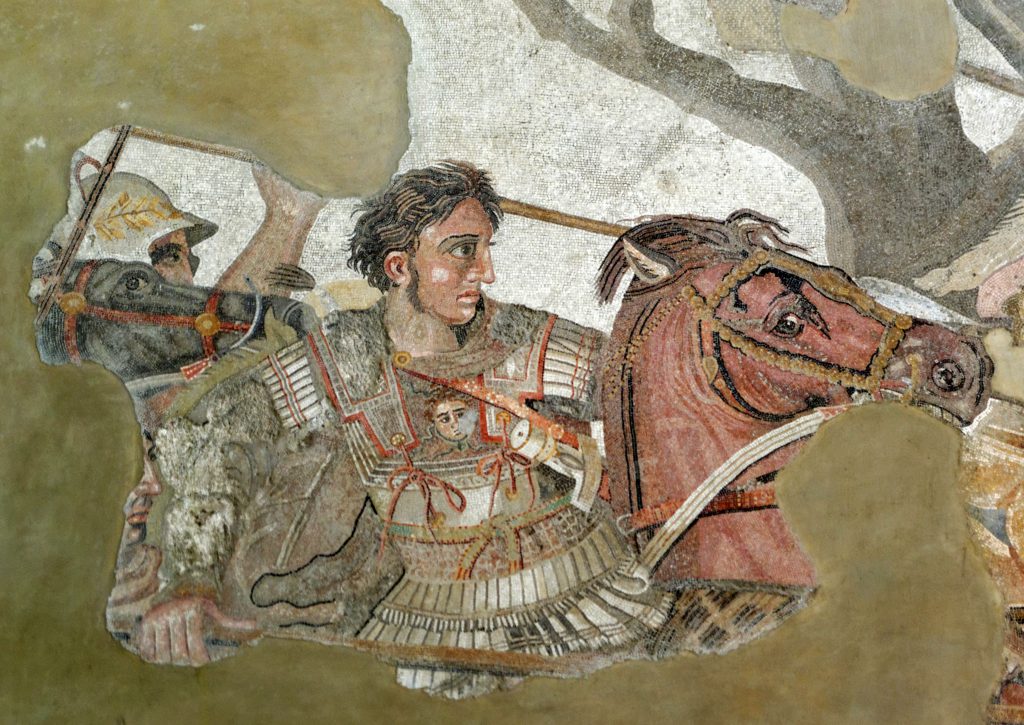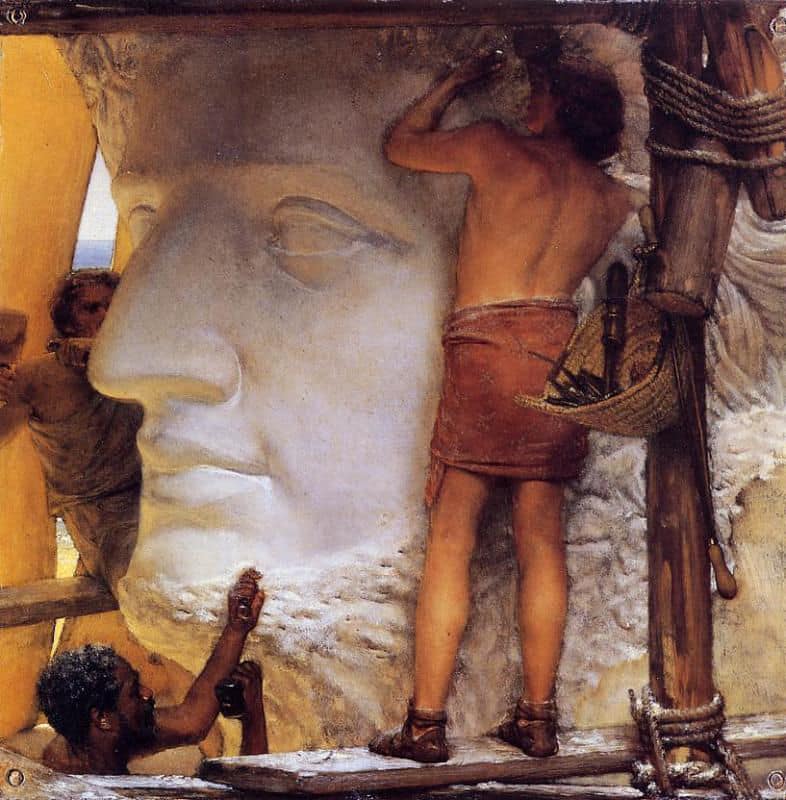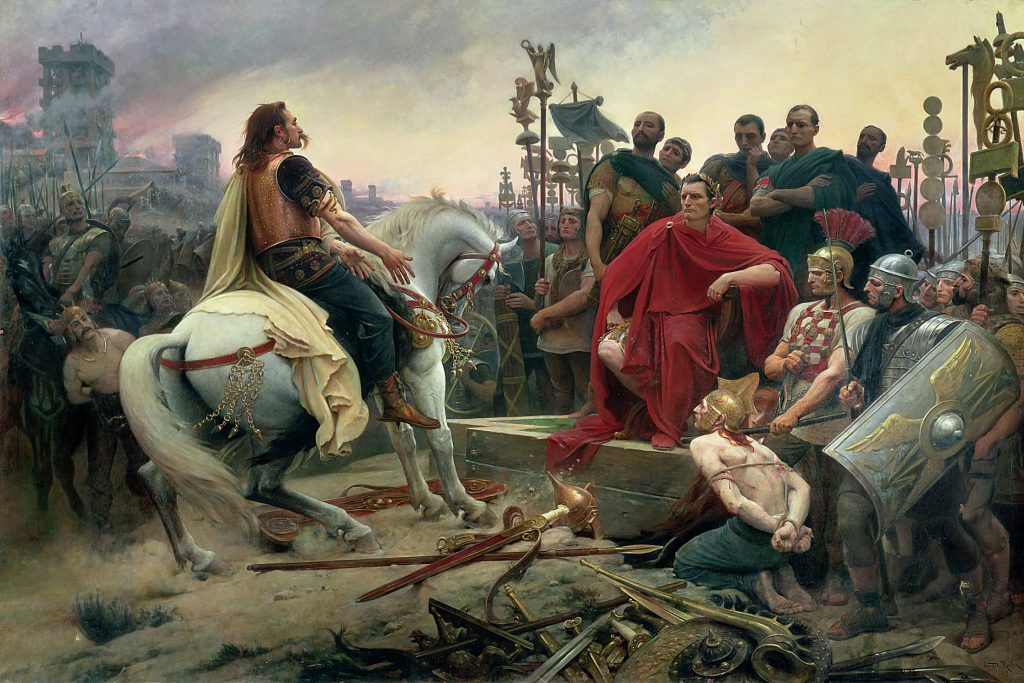Rome and ancient history -category covers the heyday of Ancient Greece and the subsequent Roman Empire up to about 500 BC.
Ancient Greece in a nutshell:
In Greece, during the 8th century BCE, the tradition of city-states began, where individual cities ruled the territories around them and made alliances with each other or went to war against each other. The cities were ruled by kings until the Athenians expelled their king and established a republic where matters were decided by the votes of the citizens. This event started the democracy continuum, and Athens’ democracy is considered the cradle of Western civilization. The cities were protected by citizen militias, the most important of which were the hoplites, heavily armed and armored infantry who fought in tight uniform formations.
In addition to Athens, other famous Greek city-states were e.g. Thebes, Argos and Sparta. The area of power of ancient Greece did not only cover the territory of present-day Greece, but was clearly wider: in the 5th century BCE, when Persia grew into the largest empire ever seen, the expanding power of Persia collided with the Greek cities of Asia Minor in the area of present-day Turkey. The democratic development that had begun was to stop completely when Persia tried to conquer Greece in the years 500–449 BCE. However, the underpowered Greek hoplites managed to stop the huge Persian army and evict the Persians in the famous battles of Marathon, Thermopylae, Salamis and Plataea.
After defeating the Persians, Athens and Sparta battled for Greek leadership in the two Peloponnesian Wars. After the third major civil war, Greece had become a confederation, which also fought united thanks to the military union. King Philip of Macedonia had participated in the Greek civil wars and enabled the birth of a federal state. After Philip’s death, his son Alexander the Great led both the Macedonians and the Greeks against Persia in a war campaign that began in 337 BCE, conquering the entire Persian empire as far as India and spreading Greek culture at the same time.
After the death of Alexander the Great in 323 BCE, Greece still held its ground as cultural superpower for example developing science and philosophy, but the era of Greek power was unhelpfully over as the power of Rome grew in the neighborhood. Rome first conquered Macedonia and in 146 BCE also Greece.
In Rome, ancient Greek philosophers, civilization, culture and military skills were praised and imitated. The culture of Greece, for its part, was continued as the Roman Empire spread throughout Europe.
Rome in a nutshell:
The area of Rome began to be inhabited around 1000 BC, and it was founded as its own kingdom by Romulus and Remus in 753 BCE.
Rome was ruled by seven kings before the empire turned into a republic governed by the senate and the will of the people. Rome began to conquer its neighbors at an unprecedented speed and grew from a small city-state first to the ruler of all of Italy and, with the Punic and Macedonian wars, to the most powerful state in the entire Mediterranean by 197 BCE.
Julius Caesar, known to everyone, conquered Gaul extending Roman lands all the way to the Atlantic and started a civil war in 49 BC that led to the destruction of the Republic and the beginning of the Imperial Age. After this, Rome was ruled by emperors and more areas were conquered until the entire Mediterranean sea became inland sea of the Roman Empire and the legions traveled and ruled from the Black Sea to Britain, from Spain to Egypt and the Rhine to the dark forests of the Germanic tribes.
The years 300–600 CE are called Late Antiquity, when Roman power began to shake and the central administration and economic life collapsed. Rome was divided into two parts, of which the western side was led from Rome and the eastern side from Constantinople. In 410 CE, during the Great Migration, the Visigoths destroyed Rome, and in 476 CE the Ostrogoths finished the job by conquering Rome and ending the empire and thus the long reign of Rome.
The influence of Rome’s 1,000-year empire can still be seen today. Rome unified almost all of Europe under the same government, judiciary, style of warfare and language. A good example of the influence of Rome is the fact that even though Finland in Northern Europe was never part of Roman territory, Roman law is used in Finland today. The development of construction technology and engineering during Roman rule is still visible, as some of the roads, aqueducts, bridges and temples built by the Romans are still in use. A vast empire like Rome could also not have been conquered, ruled or maintained without an efficient army. A well-developed, systematic and organized military institution sent legions all over the known world. Of course, Rome’s more than 1,000-year history has lot of ups and downs, but with the help of skillful administration, the art of warfare lasted, was developed and was carried from generation to generation through the centuries.
-This link takes you directly to see products from Rome and Ancient Greece-
